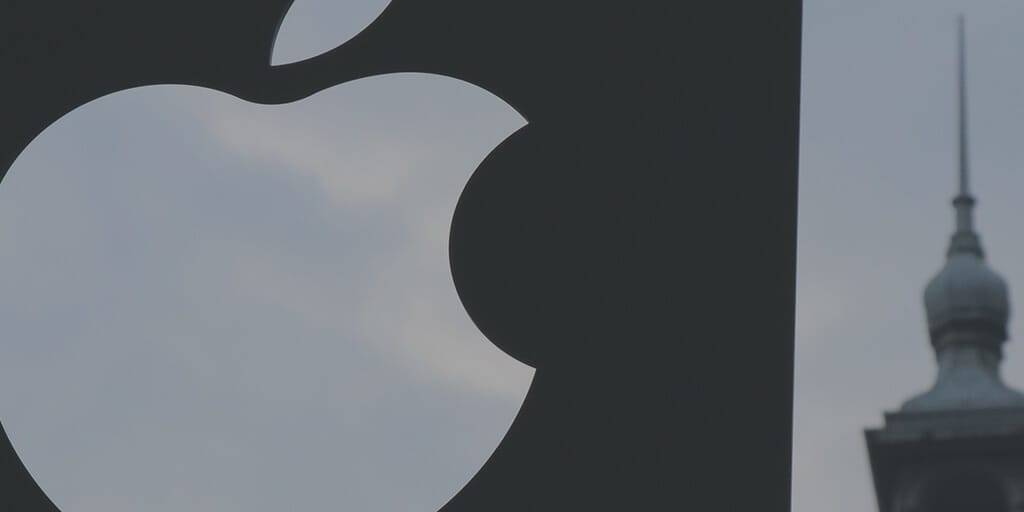On August 2, 2018, Apple became the world’s first ever trillion-dollar company. You may or may not be reading this on an iPhone, iPad or MacBook, but no matter your digital device of choice, there’s no denying Apple and its unique technology have made their mark on the world. To get to be worth $1 trillion, Apple leveraged not only technological and digital prowess but a business model that is both highly successful and incredibly risky.
Mihir Desai, Harvard Business School finance professor and best-selling author of “The Wisdom of Finance” (May 2017), evaluated the strengths and potential weaknesses of Apple’s strategy in a recent article for The New York Times, “Why Apple Is the Future of Capitalism.” Desai spells out how Apple reached this milestone, but also warns that companies wanting to emulate the tech giant could end up in deep financial trouble if they fail to recognize their own limitations.
Desai writes that Apple’s business model rests on three strategies that have driven its share prices to record highs: deliver high returns for shareholders, prioritize cash flow over profits and be “asset-light.” But the economist cautions that companies attempting to follow this unique business model may be taking too much of a high-stakes gamble if they lack Apple’s market position and technological prowess. “Many of Apple’s imitators are more likely to mortgage the future than create it,” Desai writes. “The next decade will reveal whether these imitations were a series of brilliant moves or large-scale financial engineering.”
As corporate managers try to emulate the Apple model, they will have to bear in mind that while prudence is necessary, the strategies that propelled this consumer tech giant to the top of the world markets represent the future of capitalism.

